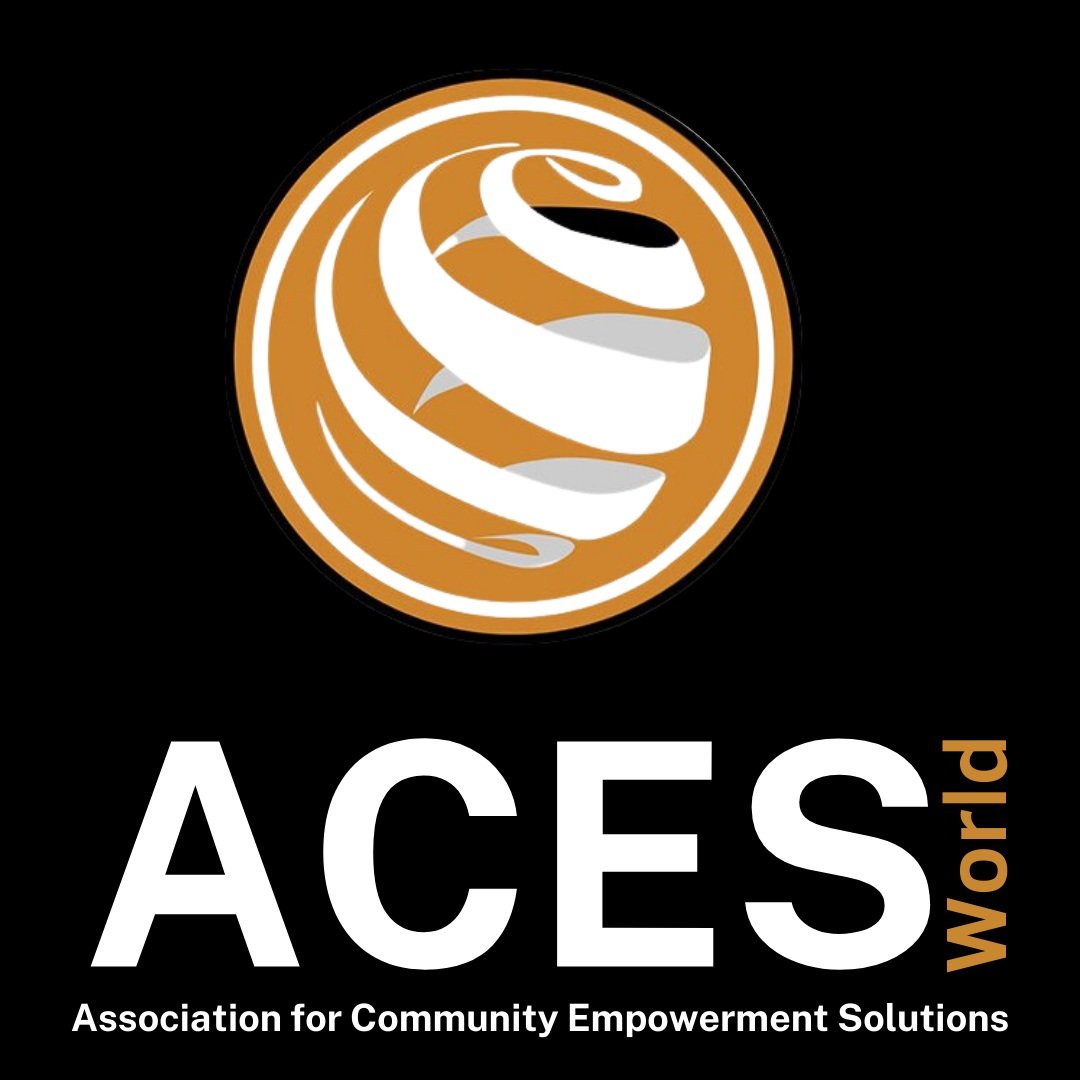On Being Discreet: Menstruation and Sustainability
The only time you may give any thought to menstrual hygiene product packaging is when you are trying to hide a brightly colored box in a shopping cart with too few items. If, like me, you do think about packaging for menstrual products one word begins to be repeated over and over: discreet. What’s wrong with discreet?
A Culture of Shame: Discreet Packaging
According to a survey in Australia, when asking girls in school what would make getting their period better, they repeatedly answered: “Menstrual products where the wrappers don’t make any sound.”[1]
The very first commercially available menstrual products were prized for their unobtrusive packaging. Alejandra Borunda, writing for National Geographic, notes, “An obsession with discretion was longstanding. In the 1920s, Johnson and Johnson printed slips in their magazine advertisements for their ‘Modess’ brand sanitary napkins. Women would cut them out and hand them silently across the pharmacy counter, receiving a nearly unmarked box in return.”[2]
But it turns out the quest to hide the shame of menstruation deems unmarked product packaging not be discreet enough. Tweens and young adolescents are preternaturally aware that no one, not even other girls in the school restroom, can know they are unwrapping a product to manage their period. In many cultures the stigma surrounding periods means the menstruator must not only hide the act of menstruating from men, but women as well. Borunda says, “In 2013, the discreet packaging projects hit their heights when Kotex introduced a tampon with a ‘softer, quieter wrapper to help keep it secret,’ designed for silent unwrapping.”[2] Silent unwrapping is a highly prized feature in period product packaging.
The Environmental Costs of Discretion
During its annual clean-up weekend in 2017, the Marine Conservation Society found a large increase in sewage-related debris on British beaches - including hundreds of menstrual pads, tampons and applicators.[3]
Discreet packaging comes at a price. Let’s begin with the pads and tampons themselves. Pads, the most popular menstrual product worldwide, can be made up of up to 90% plastic - containing as much as four supermarket bags.[3] Tampons aren’t much better, especially when you consider the almost ubiquitous plastic applicators and individual wrappers. An average woman from a higher developed nation who has the resources to afford commercial menstrual hygiene products will use (and throw away) more than 10,000 in her lifetime. That’s a lot of plastic waste, some of which inevitably ends up in the ocean. At least 8 million tons of plastic end up in our oceans every year, and make up 80% of all marine debris from surface waters to deep-sea sediments.[4] Although period packaging isn’t a major contributor to the 8 million tons, we could easily reduce the contribution to zero.
Sustainable Alternatives
Answering the question, "What do you like most about the menstrual pads?" the girl wrote that she was "so happy because she knew someone somewhere loved her," Sierra recalls, "because that person made something so beautiful that she was so proud to be girl."[5]
Innovation in the sanitary protection products world has been slow, but change is coming. A handful of products offer both affordability and sustainability. A menstrual cup, which requires an initial investment of $10-$15 US, can last up to ten years. One brand of menstrual disks, similar to cups, are said to have reduced the cramps of 70 per cent of users.[6] Variations on reusable, washable pads include high-tech absorbent underwear which replace pads and tampons. New 100% organic products eliminate plastic waste.
Period Shame Should Not Be Instinctive
"Boys and girls are separated, and boys don't learn much about periods. Girls are told to keep their period private and to hide their tampons. This dynamic immediately makes the topic taboo. As adults, we're still told to hide our tampons. In fact, a lot of the 'innovation' we've seen with period products has been in packaging — repackaging the same products to make them more 'discreet.' So the first moment we become 'a woman' we're taught to hide this very big part of ourselves."[7]
Environmentally-friendly menstrual products don’t fix everything. Most girls and women still “instinctively” know to hide their periods from others as much as possible. Until menstruation is openly accepted and celebrated as the amazing root of life that it is, period shame and furtiveness will live on. Questioning cultural values, innovating, and speaking clearly and loudly about menstruation, however, will grind away at stigmas and erode taboos.
“We're still selling shame along with the menstrual products.”[2]
Eco-friendly periods are (hopefully) here to stay. And with their arrival, perhaps the word “sanitary” (as used to describe period products) can be consigned to a metaphorical trash heap and forgotten along with silent tampon wrappers and discreetly packaged pads.
1 https://sadgirlsclub.org/blog/period-talk
4 https://www.iucn.org/resources/issues-briefs/marine-plastics
5 https://www.newsweek.com/2016/04/29/womens-periods-menstruation-tampons-pads-449833.html
6 https://www.vogue.co.uk/gallery/alternative-to-tampons?image=5d54c276ea036300081940cf


